On this day 100 years ago, an event rocked the still waters of Scapa Flow.
The story began after the horrors of the first world war. As the allies met to write the Treaty of Versailles, the German High Seas Fleet had to be securely interred. The natural harbour of Scapa Flow was chosen and in November 1918 the 74 massive warships arrived.
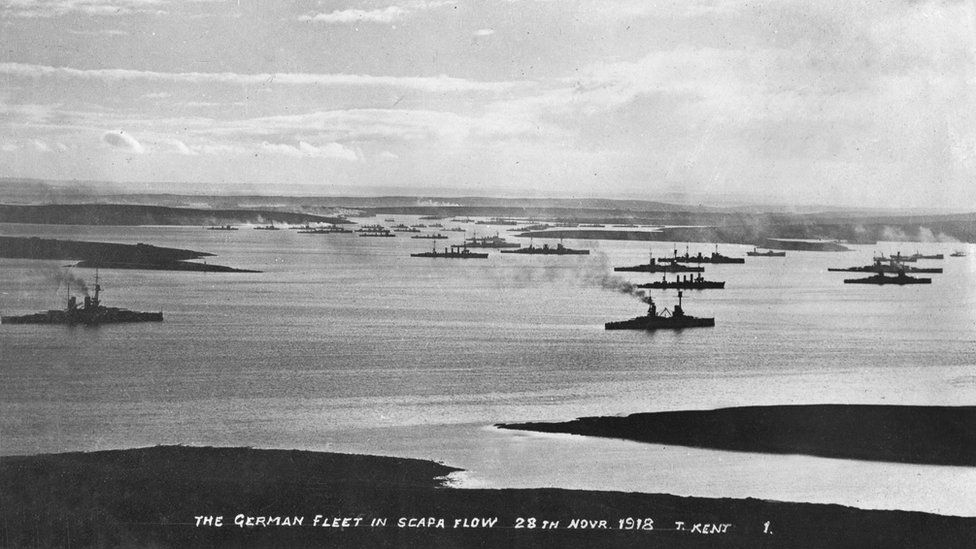
Surrounded by the low hills of Orkney, the angular warships looked alien. The ships stayed there for months, the seamen were basically prisoners on board.
As the time dragged on the Admiral Ludwig von Reuter grew impatient. He sent away troublesome seamen. His worst fear was to have the British seize control of the warships. The German High Seas warships were the most hi-tech in the world at the time.
21st June 1919
On the morning of the fateful day, Admiral Ludwig von Reuter couldn’t believe his luck. The British guard warships sailed out on an exercise. Seizing the chance, Von Reuter sent out the signal “paragraph 11” a coded reference to scuttle the ships. Instantly the seamen opened the windows, torpedo valves, smashed pipes and whatever else they could to allow the most water to flood in (scuttling). By the time the British realised what had happened, most of the ships were on their way to the seabed.
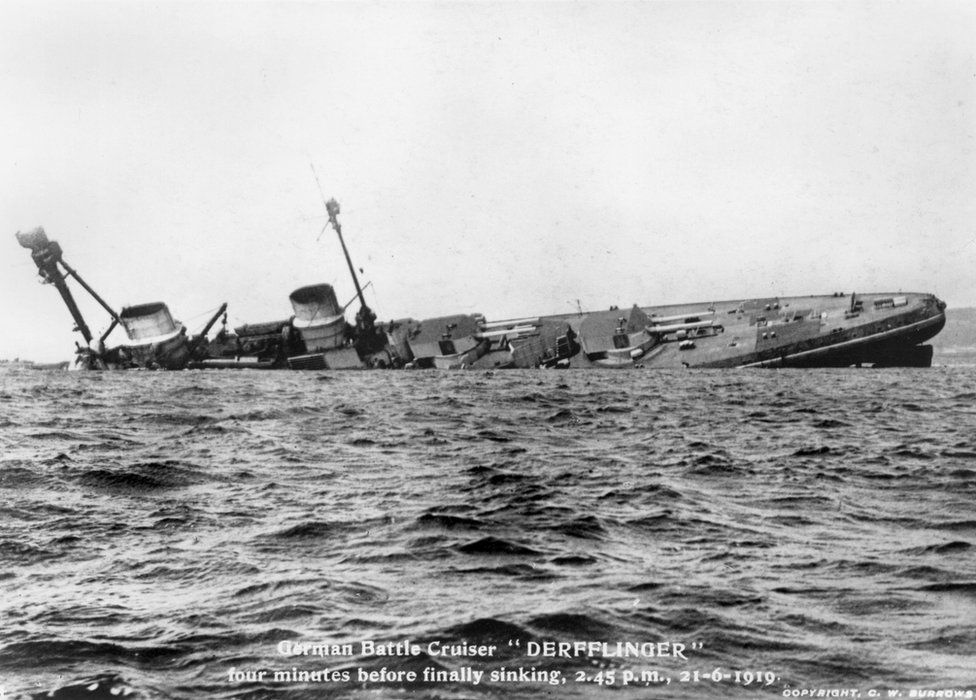
Another group who decided to sail into Scapa Flow that day came from the local school. The teachers must have thought it would be a good excuse to get out the classroom. Little did they know how the day would turn out.
21st June 2019
Today, the Scapa 100 has been arranged to commemorate the anniversary of the scuttling. The commonwealth war graves royal naval cemetery on Hoy is the site of the official ceremony.
This week is also an opportunity to educate about this history. There have been many talks and exhibitions. I enjoyed the Stromness museum one where I learned about the importance of salvaging the fleet to the Orkney economy during the time of a global economic depression. The Orkney Museum exhibit in Kirkwall was also fascinating and showed more of the experiences of the German seamen.
The events have always sparked the local imagination. This is especially true for the festival in which there is everything from plays to scientific research projects.
Community Artwork
One event I participated in was to design a community tapestry inspired by the events. The Loom Room Orkney is a workshop space that is part of the Orkney Creative Hub. India who is a fellow Scotgrader has done wonders to engage the public with weaving and tapestry. You may remember from previous blogs that I began learning to weave tapestries here.
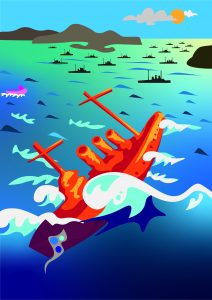
My design was chosen and woven by local people into a huge artwork! Its an honour to be able to take part in this historic commemoration. The creation itself took two months, hundreds of meters of wool and the work of many, many community members. Don’t worry, it’s not just my design on display. There are over 30 mini tapestries inspired by the events made by local people. You can see the tapestries exhibited at For Arts Sake from Thursday 20th June until Saturday 30th of June.
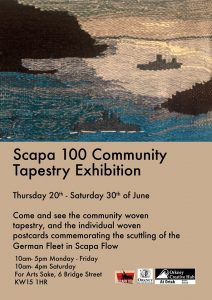
This poster shows a small section of the finished tapestry!
Experience Scapa Flow for yourself
The turbulent history of Scapa Flow is featured in our Stones & Shores, Undiscovered Past and West Orkney Beauty Spots Tours.


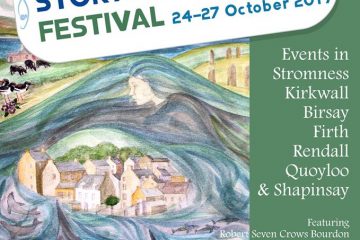
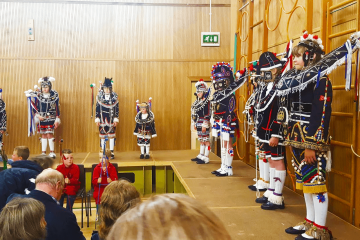
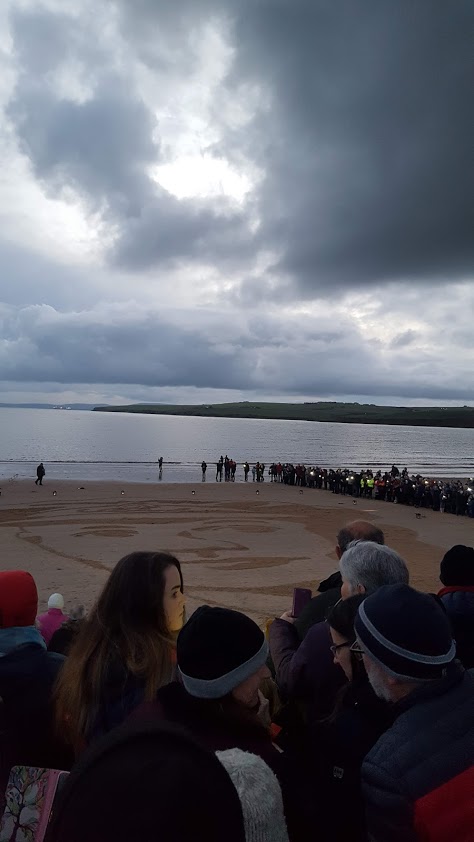
1 Comment
Ruari Wilson · 26th June 2019 at 12:37 pm
Enjoying reading about the history and viewing the art work – thank you